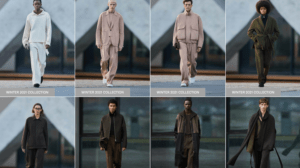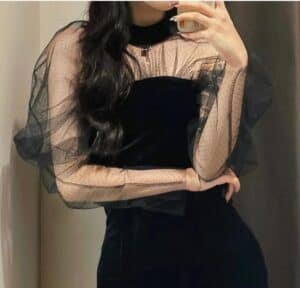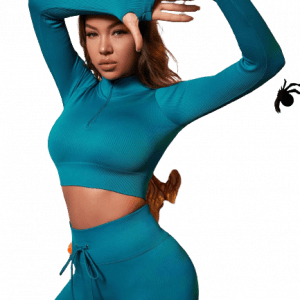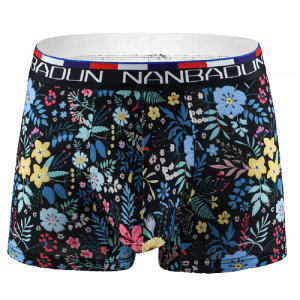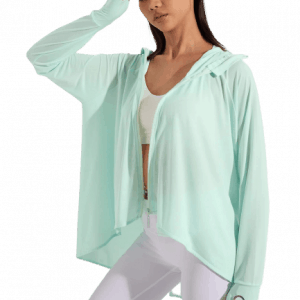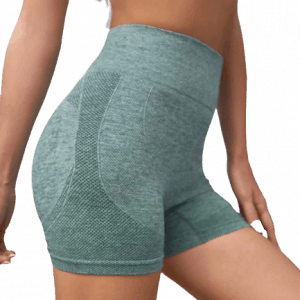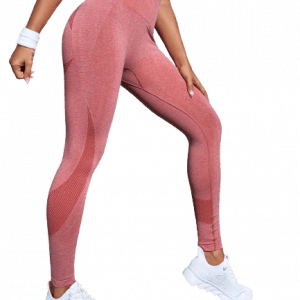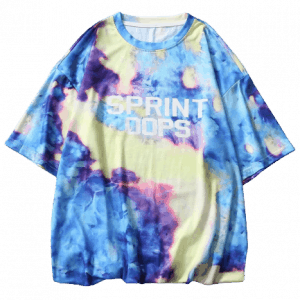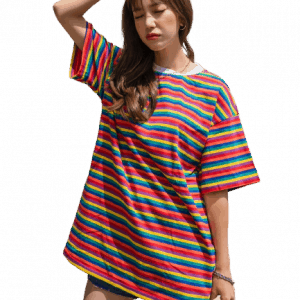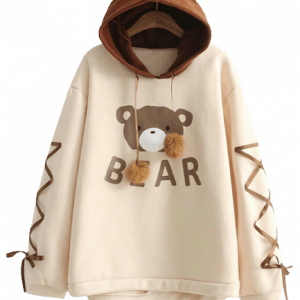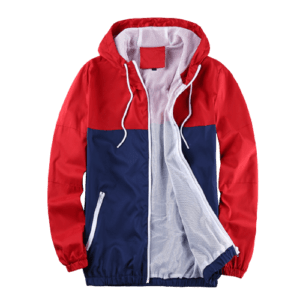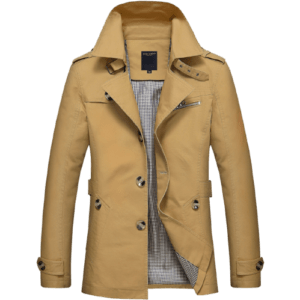Mud Jeans
Sustainable denim brand Mud Jeans debuted its Undyed collection, a line of existing styles made from 60% organic cotton and 40% recycled denim, with no new dyes added in the process.

Instead, recycled denim and organic cotton fibers are combined to produce a unique gray-blue hue. Skipping the dyeing process and, in turn, the washing process, the brand uses 92% less water per pair of shoes than the industry standard and consumes only 6.12 kg of CO2, 74% less than conventional methods.
H&M
H&M has shifted its focus to sustainable dyes in its “Innovation Story,” a series of columns designed to promote the use of sustainable materials, technologies, and production processes throughout the apparel industry. The company’s “Color Story” includes women’s apparel made using techniques such as biotechnology, plant-based pigments, and digital textile printing, yielding warm shades of yellow and orange, deep indigo and pink, as well as popular tie-dye prints.

Colorifix
The Sustainable Dyes collection marks the industry debut of Colorifix, a British biotechnology company that uses natural biological processes to produce and fix pigments onto textiles. It also uses We aRe SpinDye, a recycled polyester that is colored before being extracted into the yarn, using 75 percent less water and 90 percent fewer chemicals throughout the dyeing process.
Levi’s Wellthread
Levi’s Wellthread, the traditional denim brand’s sustainable innovation lab, has launched a line of organic cotton and cotton-chemical linen fabrics that are dyed using a range of sustainable, vegetable-based dye systems from Stony Creek Colors.

The Tennessee-based company’s technology provides the market with a plant-based indigo color, enabling a transition from synthetic petroleum processes that rely on toxic chemicals. The line of T-shirts and sweatshirts is dyed with plant-based colors that use sound rather than chemical methods to attach pigment molecules to textile fibers. The sonic dyeing method uses less water than traditional methods, and the plant-sourced colors reduce the need for synthetic chemicals.


